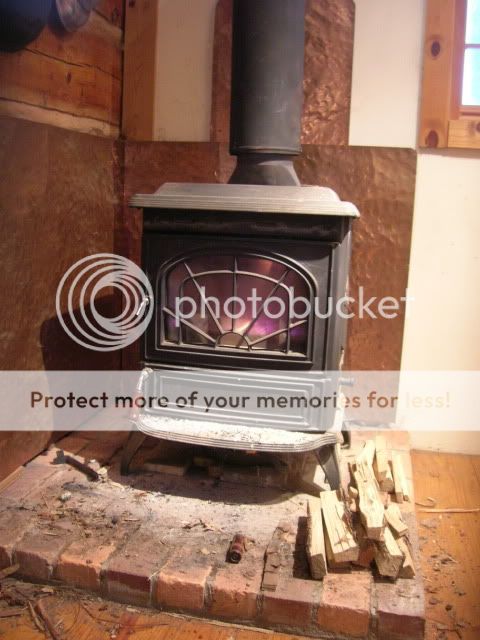KindredSpiritzz
Minister of Fire
im planning on using schedule 80 ss pipe, cut it with a chop saw to 1 inch for spacers. 3 inch dry wall screws thru the durarock and the spacer right to the wall. Then i can cement some stone tiles over that. Least thats what im figuring on thus far.I'm still trying to figure out how to get the Durock an inch off the wall.



